400 Deaths Per Day: Is India Seeking Automotive Safety in the Wrong Places?

Every year, nearly 40,000 people lose their lives on American roadways. Tragic as that may be, it’s small potatoes when you consider India hovers around 150,000 annual fatalities. While you could attribute the difference to the 1.32 billion people living in the country, the truth is that car ownership in India is far less common than in the United States.
Here, there are about 255 million functioning vehicles, leaving the majority of the population with access to some form of four-wheeled transportation. However, in India, the number is closer to 55.7 million — which only gives 42 people out of every 1,000 access to an automobile.
Confronted with a situation that can only be described as catastrophic, Prime Minister Narendra Modi is seeking to impose harsher penalties for traffic violations and requiring automakers to add safety features to cars sold within the region. While that’s a fine start, it doesn’t address the core issue: a nationwide lack of discipline behind the wheel.
Modi’s proposal, which passed the lower house of parliament and is expected to go through the upper house in 2018, also creates problems where there were none before. India is a country where the vast majority of residents purchase small economy cars that lack safety features that are now mandatory in other parts of the world. That isn’t because Indian consumers love saving money; most simply cannot afford something safer. This also contributes to an elevated number of cheap two- and three-wheeled transports, which assuredly do not help in culling the astronomical number of daily fatalities and will be unaffected by the new law.
According to Bloomberg, bargain models from companies like Tata Motors Ltd., Maruti Suzuki India Ltd., Renault SA, and Hyundai Motor Co. are immensely popular specifically because they are priced below 400,000 rupees (or $6,300). Mandating a bevy of safety features is expected to raise manufacturing costs by around 7 or 8 percent — and you’d better believe it will be passed on to the customer.
However, even a small economy vehicle equipped with airbags and ABS isn’t going to hold up in a collision against a much larger vehicle. The real issue is that India has some of the worst adherence to traffic laws of any country in the world, as well as a laughable driver’s education and testing program. Modi’s solution is tantamount to giving one’s child a helmet, telling them to go play in the street, and saying they will be spanked if they get hit.
Let’s start with what it’s like to drive in India. The infrastructure is a mess. Road conditions are irregular and often on the poor side of things. While crosswalks exist, pedestrians do not always adhere to them and frequently sprint across major highways or use congested roads as a sidewalk. Traffic mitigation is nonexistent — vehicles will endlessly jockey for position in crowded cities and seeing drivers bumping each other is extremely common.
Finally, nobody adheres to the rules of the road. Lane markings are irrelevant, stoplights are negotiable, police can be easily bribed, and cars will stop in the middle of the street. With the exception of which side of the road you’re supposed to be on, it’s a legitimate free-for-all.
The reason for this is India’s laughable requirements for acquiring a license. The actual test involves little more than proving you can start the vehicle and find the gas pedal, and most “driving schools” primarily exist so you don’t have to go through the headache of going through the government. That’s not to suggest the country’s drivers have no skill, but they are required to use it entirely on navigating a borderline-lawless nightmare. Remember that Ice Road Truckers: Deadliest Roads episode where a Canadian lost his mind because of how dangerously aggressive motorists were in India? That’s the norm there.
Things are slowly changing, however. Younger drivers have assets their parents didn’t. Advocacy groups promoting safe driving are starting to develop online curriculums and apps that actually bother to teach people the rules. Still, they aren’t mandatory, and most state-based safety initiatives haven’t seen much support. Toyota also launched 50 dealer-based driving schools within the country this year. While it’s a great way to get potential customers in the door, the program was said to focus on the need to promote disciplined driving.
Meanwhile, the PM wants safer cars placed on the road as soon as possible. Ashwin Patil, an analyst with brokerage LKP Shares and Securities Ltd., told Bloomberg the new act would negatively impact the short earnings of automakers and could be a killing blow for the ultra-low-priced cars in India, as sticker prices could go up by as much as 100,000 rupees (about one-fifth of the car’s total price). The bill is expected to require additional safety features on all cars manufactured after July 1st.
Not all companies will be equally affected. Both Toyota and Volkswagen haven’t made a distinction between their Indian and export versions, and have models that already exceeded Indian safety standards. That leaves other manufacturers playing catch-up — many of which produce cars that wouldn’t earn a single star if measured against European crash test standards.
Rajan Wadhera, president on the automotive side of India’s Mahindra & Mahindra Ltd., said his company offers the same safety features on both domestic and export models. But he also stated that affordability and popularity have the greatest influence on car purchases. “Finally, it should be noted that it’s the customer’s choice that drives volumes than anything else,” Wadhera explained.
India is filled with a billion people living on the tightest of budgets, and having cars that are two decades behind the rest of the world in terms of safety isn’t its biggest problem. Should the safety standards be changed? Yes, absolutely. However, that isn’t going to change the systemic problem that’s ultimately causing 400 deaths per day. Something has to be done about the country’s unsafe driving habits, abysmal infrastructure, and lackluster policing.

A staunch consumer advocate tracking industry trends and regulation. Before joining TTAC, Matt spent a decade working for marketing and research firms based in NYC. Clients included several of the world’s largest automakers, global tire brands, and aftermarket part suppliers. Dissatisfied with the corporate world and resentful of having to wear suits everyday, he pivoted to writing about cars. Since then, that man has become an ardent supporter of the right-to-repair movement, been interviewed on the auto industry by national radio broadcasts, driven more rental cars than anyone ever should, participated in amateur rallying events, and received the requisite minimum training as sanctioned by the SCCA. Handy with a wrench, Matt grew up surrounded by Detroit auto workers and managed to get a pizza delivery job before he was legally eligible. He later found himself driving box trucks through Manhattan, guaranteeing future sympathy for actual truckers. He continues to conduct research pertaining to the automotive sector as an independent contractor and has since moved back to his native Michigan, closer to where the cars are born. A contrarian, Matt claims to prefer understeer — stating that front and all-wheel drive vehicles cater best to his driving style.
More by Matt Posky
Latest Car Reviews
Read moreLatest Product Reviews
Read moreRecent Comments
- Carson D It will work out exactly the way it did the last time that the UAW organized VW's US manufacturing operations.
- Carson D A friend of mine bought a Cayenne GTS last week. I was amazed how small the back seat is. Did I expect it to offer limousine comfort like a Honda CR-V? I guess not. That it is far more confining and uncomfortable than any 4-door Civic made in the past 18 years was surprising. It reminded me of another friend's Mercedes-Benz CLS550 from a dozen years ago. It seems like a big car, but really it was a 2+2 with the utilitarian appearance of a 4-door sedan. The Cayenne is just an even more utilitarian looking 2+2. I suppose the back seat is bigger than the one in the Porsche my mother drove 30 years ago. The Cayenne's luggage bay is huge, but Porsche's GTs rarely had problems there either.
- Stanley Steamer Oh well, I liked the Legacy. It didn't help that they ruined it's unique style after 2020. It was a classy looking sedan up to that point.
- Jalop1991 https://notthebee.com/article/these-people-wore-stop-signs-to-prank-self-driving-cars-and-this-is-a-trend-i-could-totally-get-behindFull self stopping.
- Lou_BC Summit Racing was wise to pull the parts. It damages their reputation. I've used Summit Racing for Jeep parts that I could not find elsewhere.
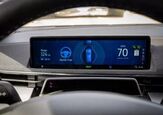
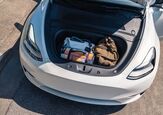

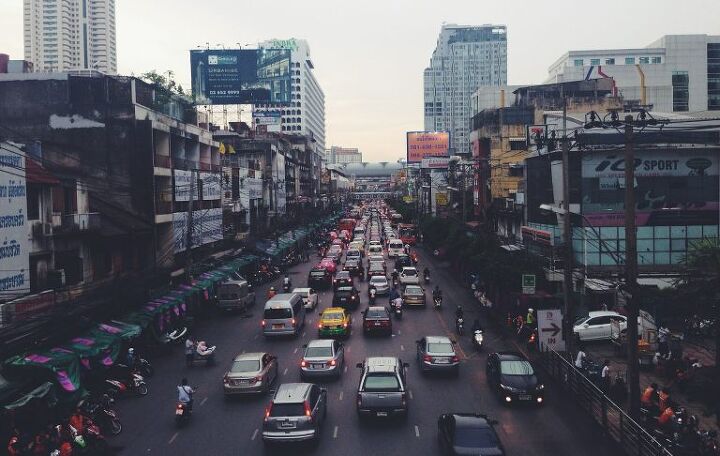















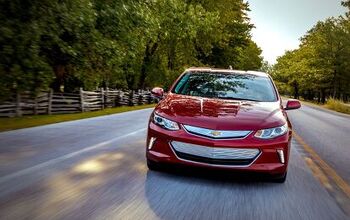
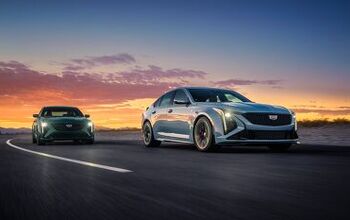
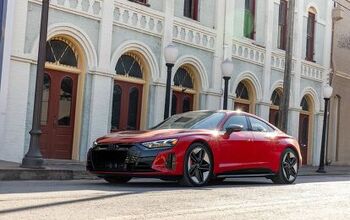
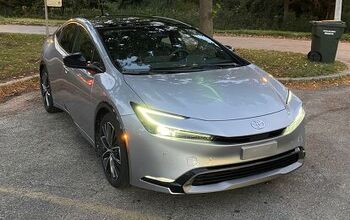
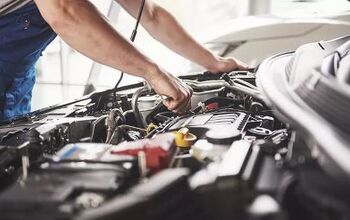


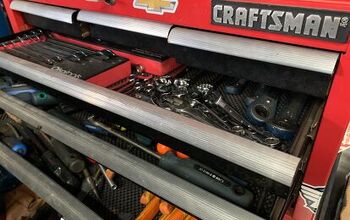

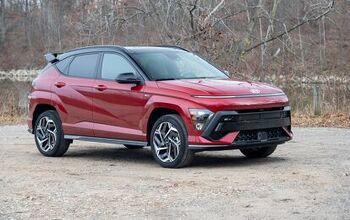

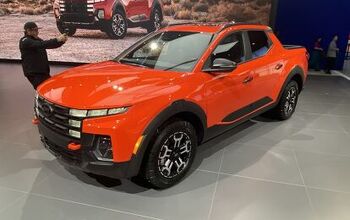
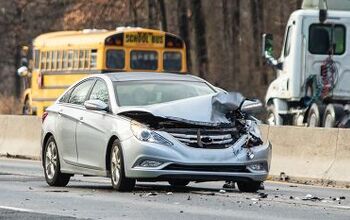


Comments
Join the conversation
I spent 2 weeks in Pune a year ago. Pune is a major tech hub with over 5mm people and growing rapidly. Traffic was total chaos. A 3 lane road has 6 lanes of vehicles, some of which wind inside lines of trees along the roadside. Scooters everywhere with 3, 4, even 5 people on them. To walk across a street is only possible by just doing it, walk right out into the traffic and weave between slow moving vehicles. All different from Hong Kong where I recently was. Although extremely congested, much more disciplined. Walking around HK is like being in Times Square on the busiest day, everywhere you go in HK.
Start with birth control.